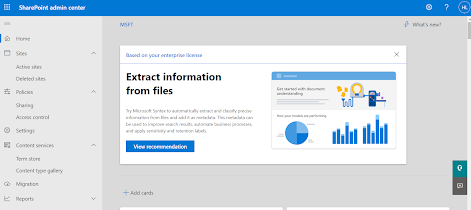Blazor and Razor - Notes and Tips
What is Blazor - New innovative framework for webapplication by Microsoft?
Blazor is a .NET modern frontend web framework based on HTML, CSS, and C# that supports both server-side rendering and client interactivity in a single programming model:
- Create rich interactive UIs using C#.
- Share server-side and client-side app logic written in .NET.
- Render the UI as HTML and CSS for wide browser support, including mobile browsers.
- Build hybrid desktop and mobile apps with .NET and Blazor.
Some of the benefits of using Blazor include:
- Build web UI fast with reusable components: Blazor's flexible component model makes it easy to build reusable components that you can use to assemble apps quickly.
- Add rich interactivity in C#: Handle arbitrary UI events from the browser and implement component logic all in C#, a modern type-safe language that is easy to learn and highly versatile.
- One development stack: Build your entire web app from the frontend to the backend using a single development stack and share code for common logic on the client and server.
- Efficient diff-based rendering: As components render, Blazor carefully tracks what parts of the DOM changed, so that UI updates are fast and efficient.
- Server and client-side rendering: Render components from both the server and the client to implement various web app architectures and deliver the best possible web app experience.
- Progressively enhanced server rendering: Use built-in support for enhanced navigation & form handling and streaming rendering to progressively enhance the user experience of server rendered web apps.
- Interop with JavaScript: Use the ecosystem of JavaScript libraries and browser APIs from your C# code.
- Integrate with existing apps: Integrate Blazor components with existing MVC, Razor Pages, or JavaScript based apps.
- Great tooling: Use Visual Studio or Visual Studio Code to get started in seconds and stay productive with great code editing support.
- Web, mobile, and desktop: Blazor components can also be used to build native mobile & desktop apps using a hybrid of native and web, called Blazor Hybrid.
Blazor apps are based on components. A component in Blazor is an element of UI, such as a page, dialog, or data entry form.
Components are .NET C# classes built into .NET assemblies that:
- Define flexible UI rendering logic.
- Handle user events.
- Can be nested and reused.
- Can be shared and distributed as Razor class libraries or NuGet packages.
The component class is usually written in the form of a Razor markup page with a .razor file extension. Components in Blazor are formally referred to as Razor components, informally as Blazor components.
Every component in a Blazor Web App adopts a render mode to determine the hosting model that it uses. Render modes are applied to components with the @rendermode directive on the component instance or on the component definition.
What is Razor
Razor refers to how components are usually written in the form of a Razor markup page for client-side UI logic and composition. Razor is a syntax for combining HTML markup with C# code designed for developer productivity. Razor files use the .razor file extension.
The Razor component processes Razor component lifecycle events in a set of synchronous and asynchronous lifecycle methods.
Component lifecycle events:
1. If the component is rendering for the first time on a request:
- Create the component's instance.
- Perform property injection. Run SetParametersAsync.
- Call OnInitialized{Async}. If an incomplete Task is returned, the Task is awaited and then the component is rerendered.
2. Call OnParametersSet{Async}. If an incomplete Task is returned, the Task is awaited and then the component is rerendered.
3. Render for all synchronous work and complete Tasks.
The @page Razor directive makes the file an MVC action, which means that it can handle requests. @page must be the first Razor directive on a page.
@page and @model are examples of transitioning into Razor-specific markup.
The @model directive specifies the type of the model passed to the Razor Page.
Will discuss in details in another post about the best practise, state manegement, how-to-use- Redis cache, .NET Aspire componenets interface with Blazor framework.
Enjoy Blazor :)




Comments
Post a Comment